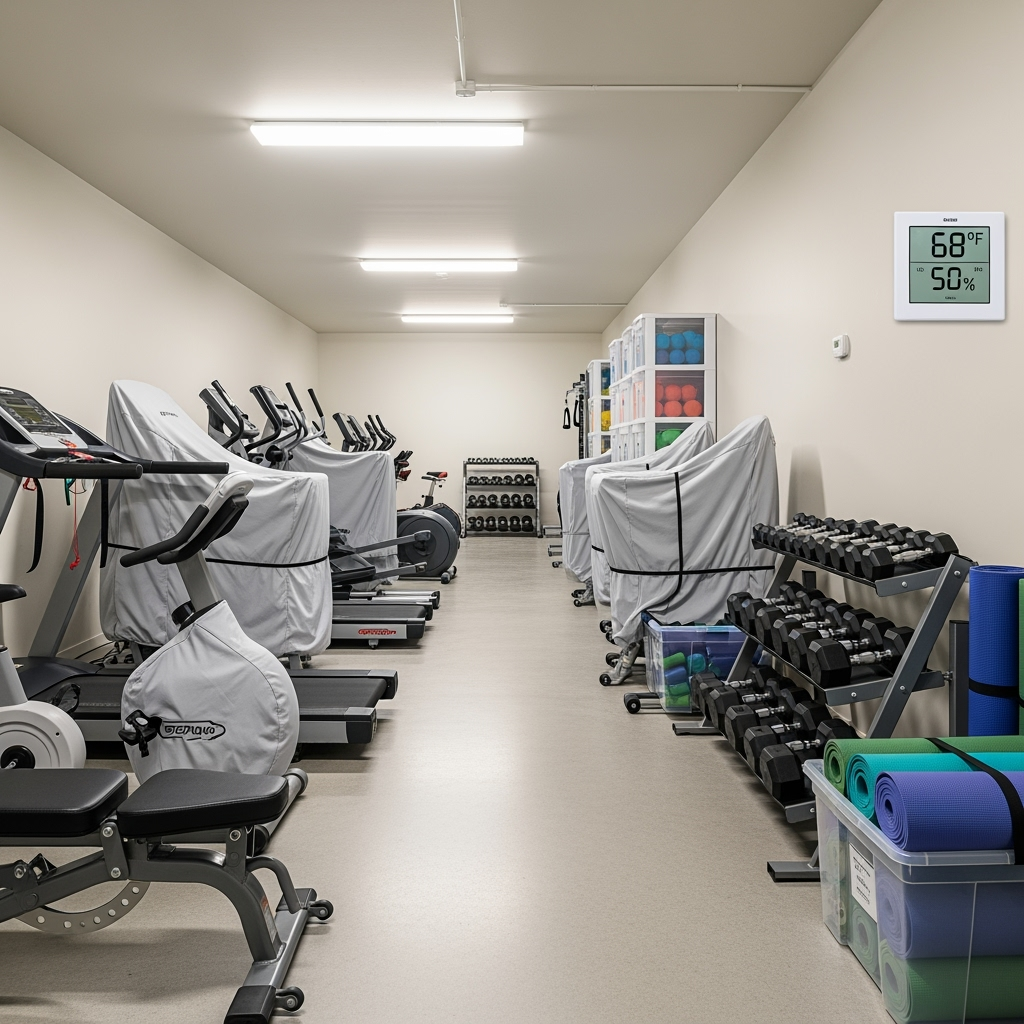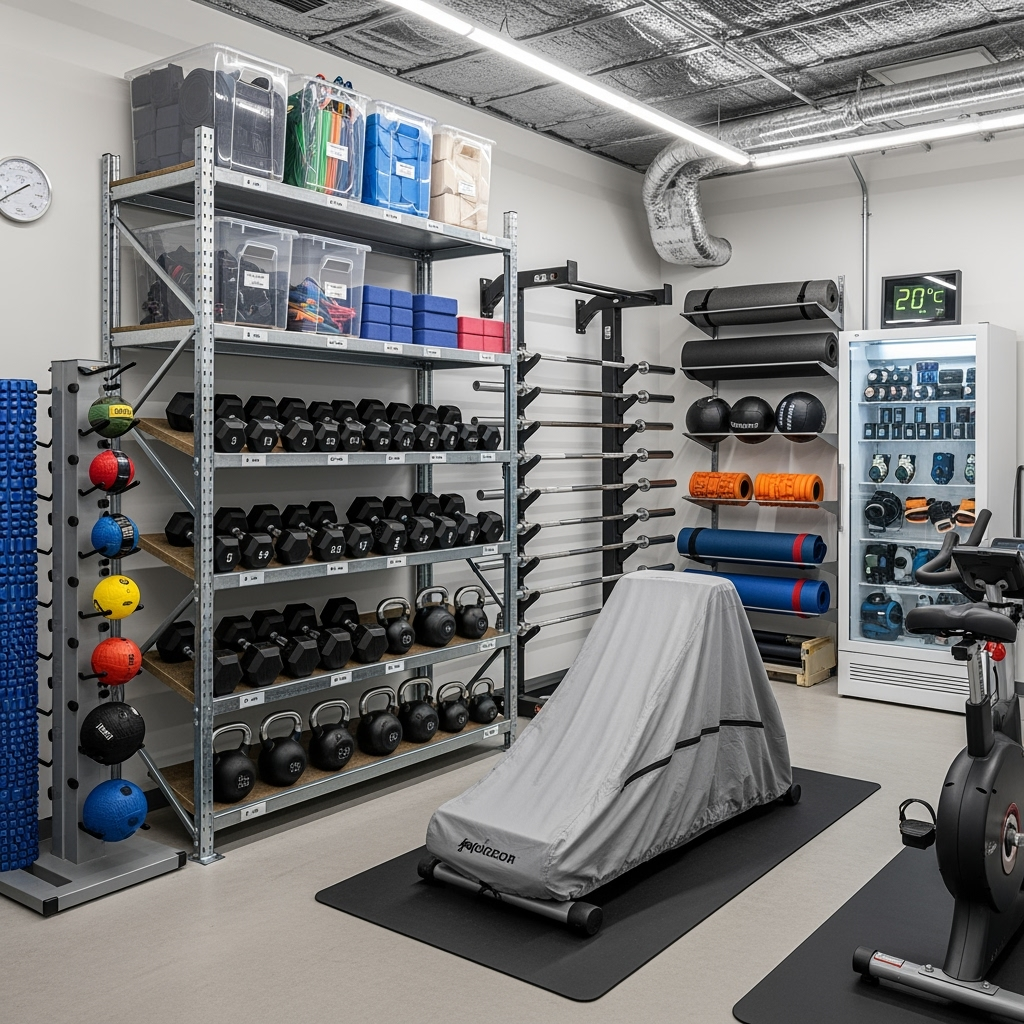Why Climate-Controlled Storage is Essential for Fitness Equipment
Whether you’re a home gym enthusiast or a professional trainer, protecting your fitness equipment investment from extreme weather conditions is crucial for maintaining both performance and longevity. Temperature fluctuations, humidity, and severe weather can significantly impact expensive exercise equipment, making climate-controlled storage an essential solution.

Temperature Control: The Key to Equipment Longevity
Extreme temperatures can wreak havoc on your fitness equipment. High heat can cause rubber components to degrade, while extreme cold can affect electronic displays and mechanical parts. A climate-controlled storage unit maintains consistent temperatures, protecting your equipment from these damaging effects.
Humidity Management for Equipment Protection
Moisture is one of the biggest threats to fitness equipment. High humidity levels can lead to:
- Rust on weights and metal components
- Mold growth on yoga mats and fabric equipment
- Electrical system damage in electronic equipment
- Deterioration of leather and upholstery

Proper Storage Techniques for Different Equipment Types
Cardio Equipment
Treadmills, ellipticals, and stationary bikes require special attention:
- Clean and lubricate all moving parts before storage
- Use equipment covers to prevent dust accumulation
- Store in an upright position when possible to save space
- Keep power cords properly wrapped and protected
Weight Equipment
Free weights and weight machines need specific care:
- Clean and dry thoroughly before storage
- Apply rust-preventive coating on metal surfaces
- Use padding between weight plates to prevent scratching
- Keep rubber-coated weights away from direct sunlight
Preparing Your Equipment for Storage
Before placing your fitness equipment in storage:
- Perform a thorough cleaning of all equipment
- Document any existing wear or damage
- Take photos for insurance purposes
- Create an inventory list with equipment values
- Gather appropriate covers and protective materials
Maintaining Equipment During Storage
Regular maintenance checks help ensure your equipment remains in top condition:
- Schedule monthly inspections
- Check for any signs of moisture or rust
- Rotate mechanical parts periodically
- Monitor temperature and humidity levels
- Keep storage unit organized and accessible
When to Consider Climate-Controlled Storage
Consider climate-controlled storage for your fitness equipment when:
- Storing equipment for extended periods
- Living in areas with extreme temperature variations
- Protecting high-value exercise equipment
- Storing electronic fitness equipment
- Managing seasonal fitness business inventory
Storage Unit Organization Tips
Maximize your storage space and protect your equipment with these organization strategies:
- Create clear pathways for access
- Use vertical storage solutions when appropriate
- Keep frequently used items easily accessible
- Label all equipment and parts clearly
- Maintain an organized layout for easy inventory checks
Conclusion: Protecting Your Fitness Investment
Climate-controlled storage is an investment in protecting your valuable fitness equipment. By following proper storage techniques and maintaining appropriate environmental conditions, you can ensure your exercise equipment remains in perfect working condition, ready for use whenever you need it.










Leave a Reply